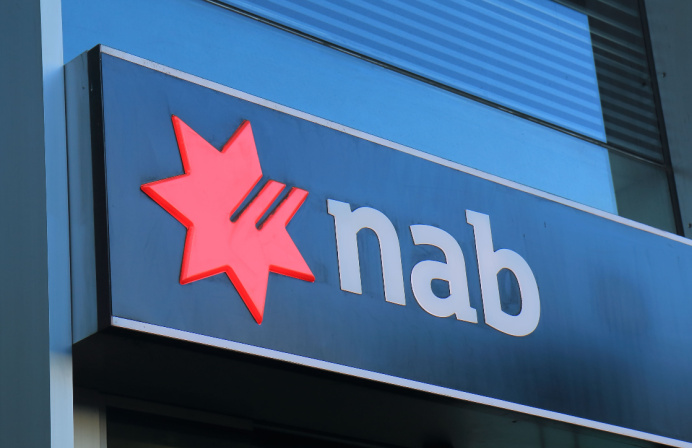
The sudden exit of neobank Xinja from banking last year and NAB’s hoovering up of 86 400 appears to have done little to dent interest from alternative financial services providers and lenders in acquiring restricted or full ADI licences, says APRA chair Wayne Byres.
Byres, addressing the AFR’s Banking Summit this week, revealed that, with the resumption of licensing in early March, “upwards of a dozen applications from aspiring ADIs [authorised deposit-taking institutions]” are currently being considered by the regulator.
While not offering up any specifics on applicants, he noted that current applications for the banking licences cover both the “direct and restricted ADI pathways”, with many said to “incorporate innovative technologies and business models”, hinting at continuing interest from neobanks, fintechs, and other digital-only financial providers.
“Not all will be licensed, but there is no lack of interest,” Byres said.
Banking, or ADI, licences, are required for any company operating in Australia that accepts customer deposits.
Xinja’s recent withdrawal and official return of its ADI licence to the regulator, as well as 86 400’s decision to merge with NAB’s digital banking arm, UBank, prompted predictions far and wide of the neobank model’s “demise”, he said.
“With apologies to Mark Twain, let me suggest their death has been greatly exaggerated.”
The introduction of the restricted ADI licensing pathway in 2018 – always a transitional step to a full ADI licence – was a response by the regulator to the burgeoning local neobank and fintech sector, with a recognition that smaller institutions may find the strict conditions of the direct ADI pathway an insurmountable hurdle to tackle at once.
The watchdog said its rADI route gives institutions the time to “enable them to develop the necessary resources and/or capabilities to pursue [a full] ADI licence”.
APRA, as part of its rADI Framework, says the alternative pathway allows “the institution to conduct limited, lower risk banking business during its start-up phase”.
Xinja became the second of Australia’s neobanks, or digital-only banks, to receive a restricted banking licence, following volt Bank, which acquired its rADI in May 2018.
In a little under two years, Xinja was already handing back its ADI licence, conceding it had failed to secure enough capital from its investors to stay afloat.
Byres emphasised APRA’s continuing mandate “to balance competition alongside our primary prudential objectives.”
“Competition is vital to a healthy financial system, and, with the right balance, competition and financial stability can be mutually reinforcing.”
APRA’s introduction of the Restricted ADI licensing pathway was, Byres stressed, designed to boost competition in Australia’s banking market, one of the most highly concentrated in the world, “making it easier for new entrants to navigate the licensing process”.
Perhaps in tacit acknowledgement of systemic vulnerabilities in many fintechs’ and neobanks’ operating models and capital raising endeavours, particularly that which led to Xinja’s own demise (with the company lacking an income-generating product), he said the watchdog’s revised licensing framework now places “greater emphasis on longer-term sustainability rather than the short-term goal of obtaining a licence.”
“Our objective is not to make obtaining a banking licence harder. Rather, we want to improve the prospects of those who enter the market: after all, there is little competitive benefit if new entrants quickly fall by the wayside.”
“Adding explicit requirements such as the need to have an income-generating product are hardly onerous expectations. But hopefully they will help sharpen up prospective entrants’ plans, and give greater comfort to everyone involved that a new entrant can add to the competitive dynamics of the industry.”





